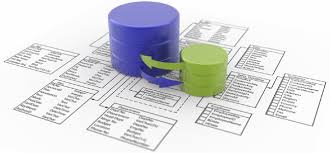
Data surrounds us, we generate it in our daily lives, businesses generate in their transactions, we consume it online, in stores, using our "swipe cards". How it is stored is essential for the safe, consistent, accurate and timely use of the data. Database design is an important task in any data project.
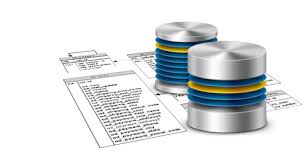
Knowing how to organise and classify data makes it possible to draw useful conclusions about seemingly random facts.
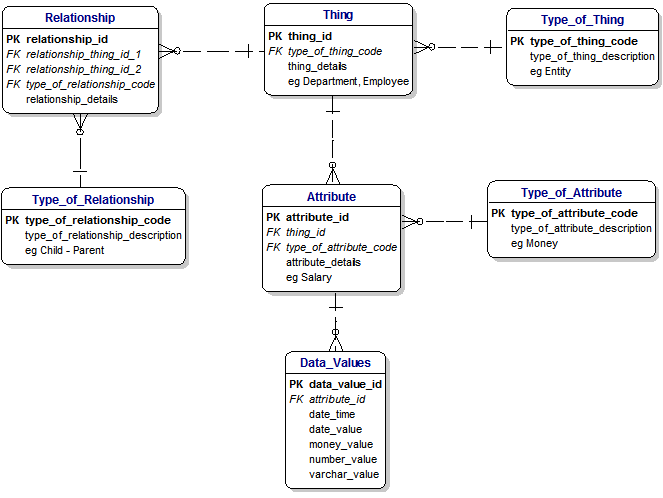
The Entity Relationship Diagram (ERD) is a tool for discussion when designing a system.
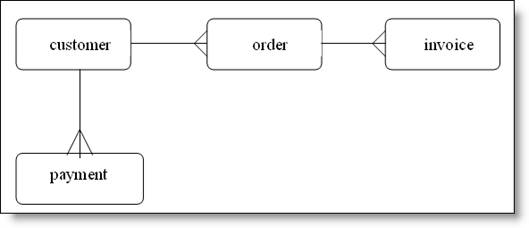
Relationship optionality, cardinality and connecting entities
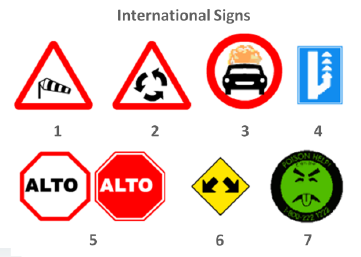
There is a format used by Oracle for creating ER diagrams.
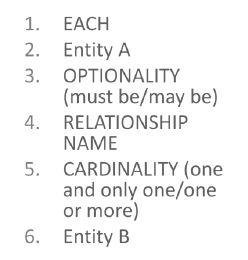
ERDish is a way of naming the entities involved in a relationship and the attributes associated to that relationship.
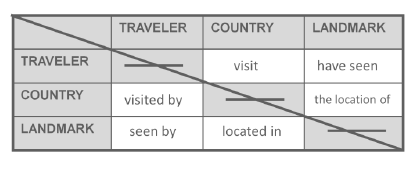
A method for discovering relationships.
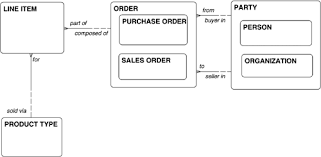
Super and Subtypes modelled

Modelling Business Rules
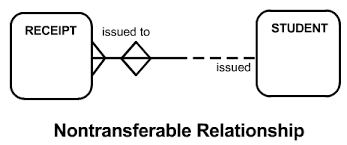
Are relationships transferable on your ERD?
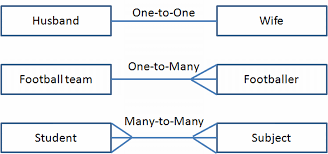
1:1 1:Many and Many:Many relationships
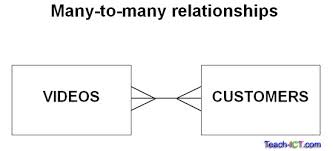
We must resolve all many to many relationships on the ERD
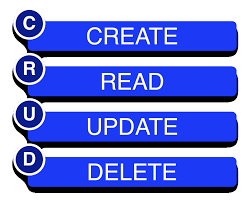
Create Retrieve Update and Delete
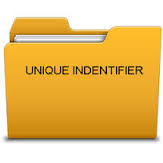
Artificial, composite and secondary unique identifiers
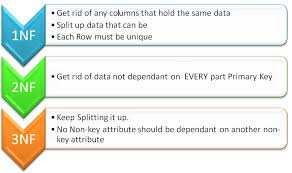
First normal form: no multivalued attributes
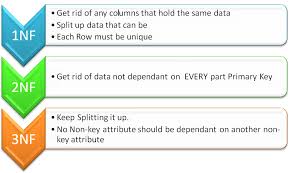
Second Normal Form: Any non UID attritbute must be dependent on the entire UID.
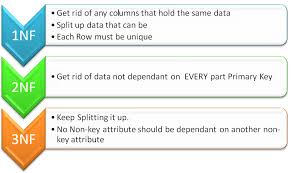
Third Normal Form: No non-UID attribute can be dependent on another non-UID attribute.
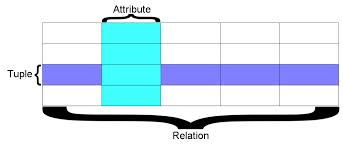
Basic relational database concepts
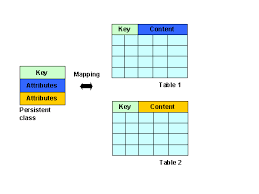
Basic mapping concepts

Mapping each type of relationship to an implementation
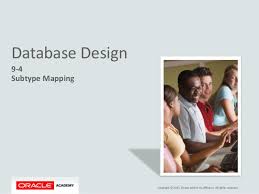
Mapping of sub and supertypes in the form of an implementation
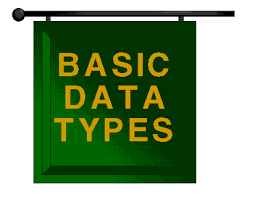
Commonly used data types in Oracle relational databases
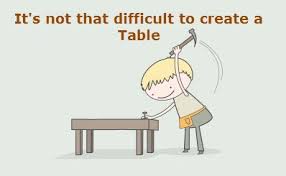
SQL statement to create tables
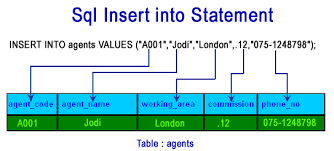
SQL statement to insert values into tables
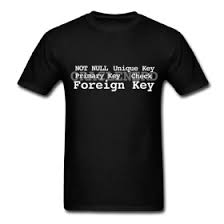
Introduction to Constraints
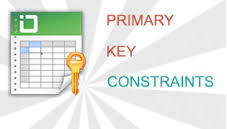
Constraints: FOREIGN KEY, and CHECK constraints

Managing constraints using the ALTER TABLE statement

SELECT statement

ORDER BY Clause